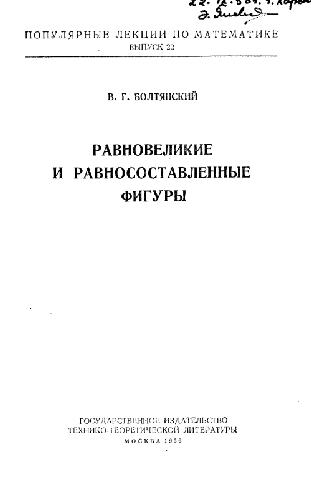- 2 402 202 книги
- Поиск
libcats.org









Bacterial Cell-to-Cell Communication: Role in Virulence and Pathogenesis
Donald R. Demuth, Richard LamontConsidering the complexity of the topic covered in this book, it is incredibly readable. In short, it turns out that the view that bacterial cells are unaware of one another is quite wrong. They chatter away through the exchange of genetic amino acids. And they don't only communicate with their own species. They chat with a variety of species as they form biofilms, creating functional microbial societies where they feed off one another's secretions and defend one another against predators.
90% of the cells in the human body are microbes. Most of them are quite friendly, but the few that are pathogenic can wreak havoc! Traditionally, antibiotics have been used to kill off unwanted bacteria, but that has resulted in more virulent strains that then resist drugs. So, this book proposes that we don't kill them, but simply knock out their cytoarchitectural communication infrastructures. That may sound militaristic, but if we can target the communication amino acids of only the virulent bacterias, then the human body could be more easily cured of disease while leaving the healthy microflora intact.
As this book is so accessible, I would recommend it not just to scientists, but also anyone interested in this type of science and its metaphysical implications. Even if the chemistry is a bit much, the concepts are abundant and clear. The decriptions of viewing bacteria as collectives or biofilms versus individuals is compelling. This could easily lead to an overall reevaluation of what it means for a human to be a body. And it certainly suggests we reconsider just what our relationship to our own microflora is.
90% of the cells in the human body are microbes. Most of them are quite friendly, but the few that are pathogenic can wreak havoc! Traditionally, antibiotics have been used to kill off unwanted bacteria, but that has resulted in more virulent strains that then resist drugs. So, this book proposes that we don't kill them, but simply knock out their cytoarchitectural communication infrastructures. That may sound militaristic, but if we can target the communication amino acids of only the virulent bacterias, then the human body could be more easily cured of disease while leaving the healthy microflora intact.
As this book is so accessible, I would recommend it not just to scientists, but also anyone interested in this type of science and its metaphysical implications. Even if the chemistry is a bit much, the concepts are abundant and clear. The decriptions of viewing bacteria as collectives or biofilms versus individuals is compelling. This could easily lead to an overall reevaluation of what it means for a human to be a body. And it certainly suggests we reconsider just what our relationship to our own microflora is.
Скачать книгу бесплатно (pdf, 3.81 Mb)
Читать «Bacterial Cell-to-Cell Communication: Role in Virulence and Pathogenesis»
Читать «Bacterial Cell-to-Cell Communication: Role in Virulence and Pathogenesis»
EPUB | FB2 | MOBI | TXT | RTF
* Конвертация файла может нарушить форматирование оригинала. По-возможности скачивайте файл в оригинальном формате.
Популярные книги за неделю:

Проектирование и строительство. Дом, квартира, сад
Автор: Петер Нойферт, Автор: Людвиг Нефф
Размер книги: 20.83 Mb

Система упражнений по развитию способностей человека (Практическое пособие)
Автор: Петров Аркадий НаумовичКатегория: Путь к себе
Размер книги: 818 Kb

Сотворение мира (3-х томник)
Автор: Петров Аркадий НаумовичКатегория: Путь к себе
Размер книги: 817 Kb

Радиолюбительские схемы на ИС типа 555
Автор: Трейстер Р.Категория: Электротехника и связь
Размер книги: 13.64 Mb
Только что пользователи скачали эти книги:

Информатика, кибернетика, интеллект
Автор: Пушкин В Г, Автор: Урсул А ДКатегория: Философия
Размер книги: 798 Kb

Популярные лекции по математике. Индукция в геометрии
Автор: Головина Л.И., Автор: Яглом И.М.
Размер книги: 1.23 Mb

Популярные лекции по математике. Равновеликие и равносоставленные фигуры
Автор: Болтянский В.Г.
Размер книги: 793 Kb

Agile Web Development with Rails, 2nd Edition
Автор: Dave Thomas, Автор: David Hansson, Автор: Leon Breedt, Автор: Mike Clark, Автор: James Duncan Davidson, Автор: Justin Gehtland, Автор: Andreas Schwarz
Размер книги: 6.11 Mb

Традиционный орнамент Уфтюги. Ткачество и вышивка
Автор: Кирсанова Т.В., Автор: Оленева О.Ф.Категория: КУЛЬТУРА и ИСКУССТВО, ХОББИ и РЕМЕСЛА
Размер книги: 66.54 Mb






